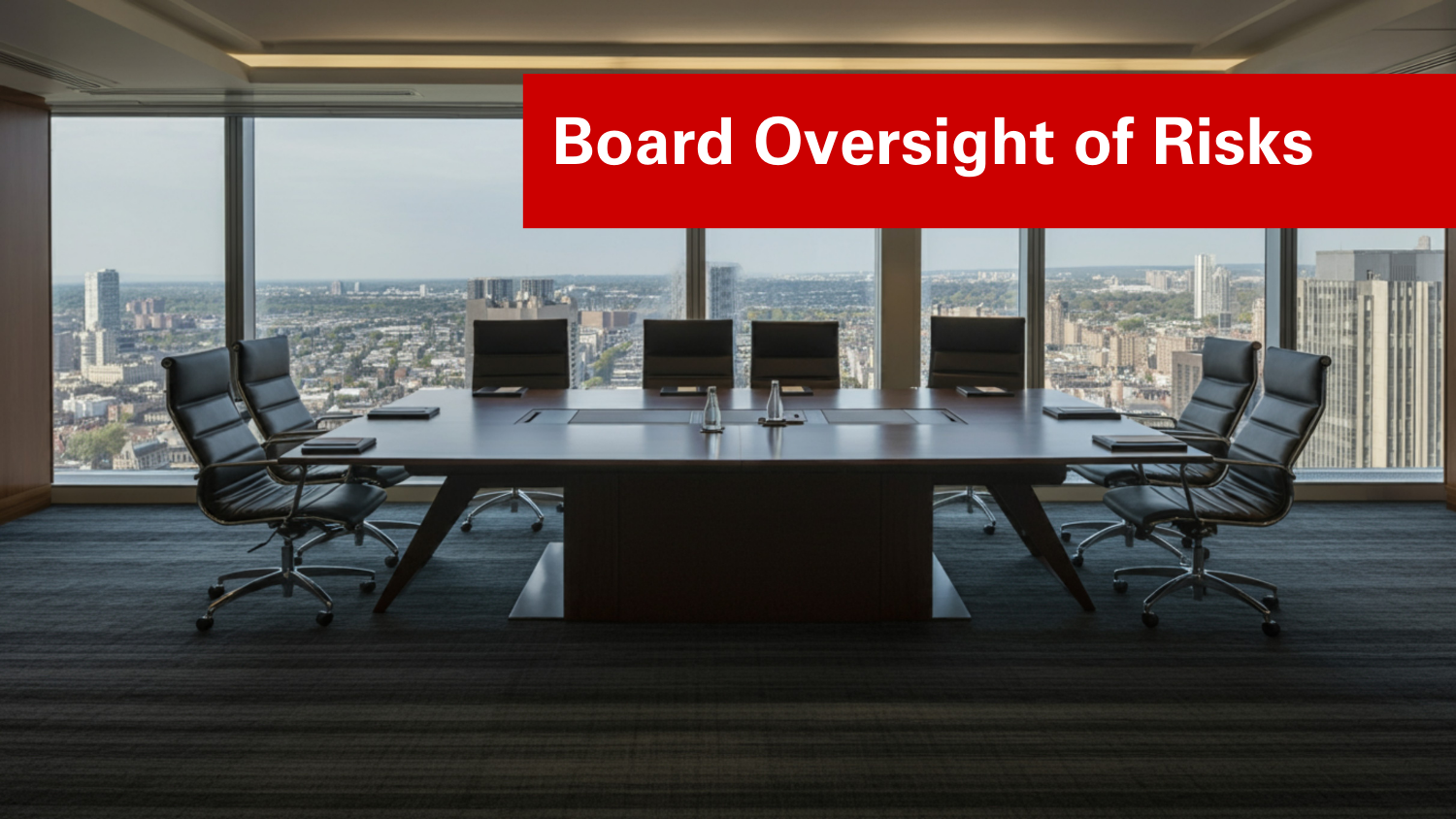How ERM May Impact Credit Ratings
Standard & Poors started looking at ERM in banking and insurance companies in the mid 2000s. In a recent coversation with the ERM Initiative’s Bonnie Hancock, Steve Dreyer, managing director and practice leader at Standard & Poors, provides insights at points of focus S&P considers as it evaluates an organization approach to ERM and how their assessments might impact the organization’s overall credit rating.
He highlights factors related to the kind of environment that fosters a strong ERM process and its overall fit within the organization’s culture. He also speaks to obvious failures in a risk management process, and how ERM has to be done correctly to be effective within an organization.
Key Points:
- Origins of ERM Review: S&P began evaluating ERM in 2004 or 2005, initially focusing on the insurance sector.
- Catalyst for ERM Consideration: Insurance companies, influenced by major disruptive events (e.g., 9/11, natural disasters like Hurricane Andrew, and financial market crises), advocated for S&P to assess how they managed risks.
- S&P’s Initial Approach: Initially unfamiliar with ERM, S&P did not immediately adopt company practices at face value. Instead, it studied their methods to understand the differences between organizations actively managing risk across all business areas.
- Outcome: S&P recognized the value of ERM, particularly in distinguishing companies with robust, enterprise-wide risk management practices from those without.
This discussion highlights the evolution of ERM as a significant factor in credit ratings, driven by real-world disruptions and the proactive efforts of companies seeking recognition for their risk management practices.
Original Article Source: Transcript of Interview with Steve Dreyer on How ERM May Impact Credit Ratings, Steve Dreyer and Bonnie Hancock, 2012


